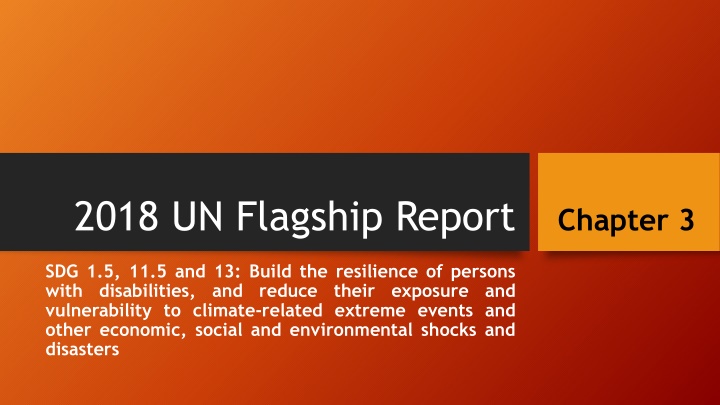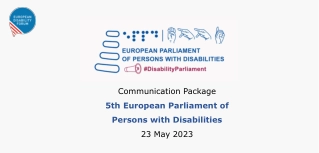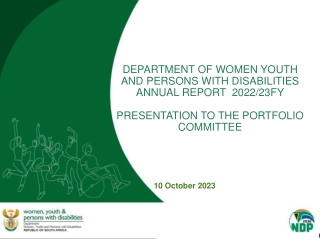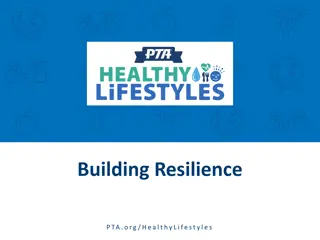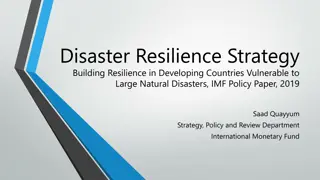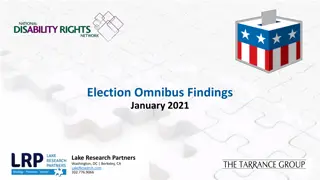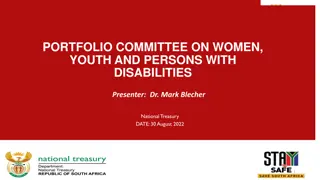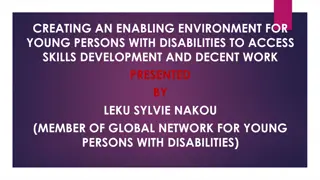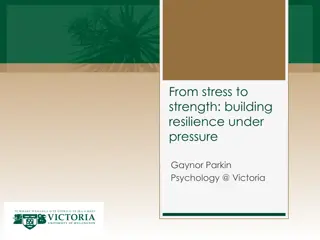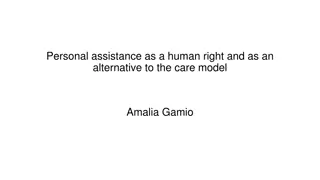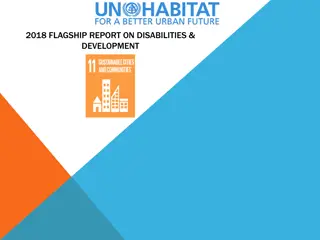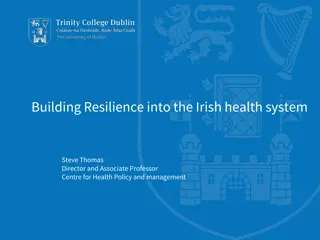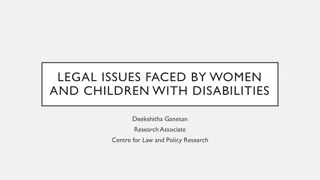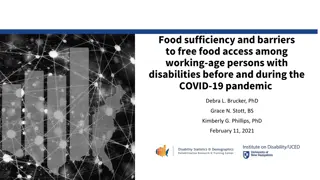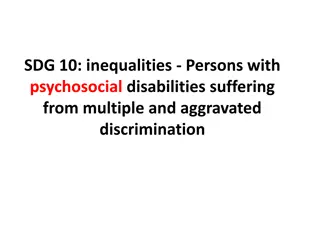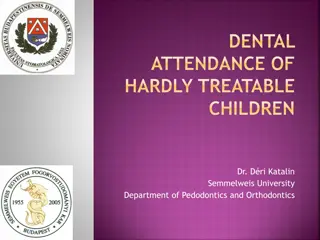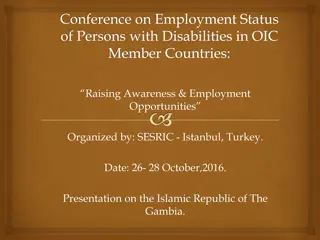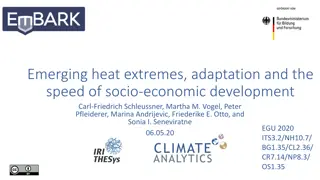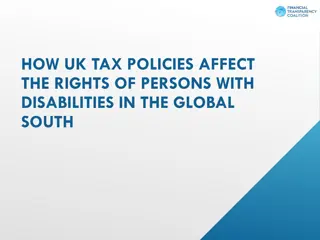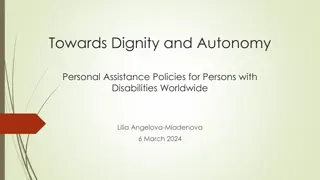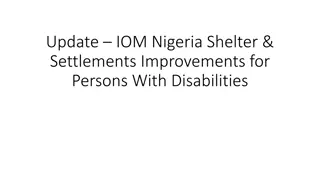Building Resilience of Persons with Disabilities
Build resilience of persons with disabilities to reduce vulnerability to climate-related extreme events and disasters. Explore international frameworks, national policies, and programs for inclusion and support. Learn about the situation of persons with disabilities and initiatives to promote their rights and well-being.
Uploaded on Mar 14, 2025 | 1 Views
Download Presentation

Please find below an Image/Link to download the presentation.
The content on the website is provided AS IS for your information and personal use only. It may not be sold, licensed, or shared on other websites without obtaining consent from the author.If you encounter any issues during the download, it is possible that the publisher has removed the file from their server.
You are allowed to download the files provided on this website for personal or commercial use, subject to the condition that they are used lawfully. All files are the property of their respective owners.
The content on the website is provided AS IS for your information and personal use only. It may not be sold, licensed, or shared on other websites without obtaining consent from the author.
E N D
Presentation Transcript
2018 UN Flagship Report Chapter 3 SDG 1.5, 11.5 and 13: Build the resilience of persons with disabilities, and reduce vulnerability to climate-related extreme events and other economic, social and environmental shocks and disasters their exposure and
Chapter 3 Content International Normative Frameworks and Commitments The Situation of Persons with Disabilities: Status and Trends National Policies/Programmes to Implement this SDG and Related CRPD Provisions UN Activities to Promote the Achievement of SDGs for Persons with Disabilities Conclusion and the Way Forward
Establishment of the Task Team Task team included representatives from the UN, NGO, DPO, Subject Matter Experts. Several sources were used to draft this report. UN Publications and Reports Published Reports and Studies State Parties Reports to the CRPD Committee Inputs from Subject Matter Experts
International Frameworks and Commitments Human rights and humanitarian principles provide values to guide governments and humanitarian actors. A growing body of norms and standards provide the basis against which the relevant duty-bearers can be held accountable. Chapter 3 emphasizes the following: Convention on the Rights of Persons with Disabilities Sustainable Development Goals UNFCC Paris Agreement Sendai Framework for Disaster Risk Reduction The Dhaka Declaration and Disaster Risk Management The New York Declaration for Refugees and Migrants Charter on the Inclusion of Persons with Disabilities in Humanitarian Action
The Situation of Persons with Disabilities 15% of the world's population lives with a disability, including 93 million children* By the end of 2016, 65.6 million people were forcibly displaced as a result of persecution, conflict, violence or human rights violations** Approximately 10 million of the globally displaced are persons with disabilities*** However, several studies have shown that the percentage of people living with a disability is much higher in situations of forced displacement Additionally, in some cases, the morbidity rates for persons with disabilities in disasters was estimated to be four times higher than for others.**** * WHO **UNHCR s Global Trends in Forced Displacement *** Assuming 15% of the population is living with a disability we can estimate the number of globally displaced that are persons with disabilities **** Economic and Social Commission for Asia and the Pacific
National Policies/Programmes Some States have taken concrete steps to improve the inclusion of persons with disabilities in their disaster preparedness and response. These States, included in Chapter 3 as examples, include: Haiti - Portugal - Kenya - Uganda - Lebanon - Bangladesh However, of the 49 States that reported on CRPD Article 11, eleven States still believe that generic emergency planning will meet the needs of all their people, including persons with disabilities.
UN Activities UN agencies are increasingly providing policy, guidance and studies to enhance inclusion of persons with disabilities in situations of risk and emergencies: OHCHR, UNISDR, UNDP, UNICEF, UNRWA, WHO Programmatic actions have been taken by agencies in this regards. UNDP UNHCR OHCHR UNICEF WHO World Bank UNRWA UNISDR IASC Task Team UN Women UNFPA and WEI
Conclusions and Way Forward (1) Suggested recommendations: Develop and implement policies and accountability mechanisms Strengthen data, evidence and research Mobilize adequate and predictable resources Build capacity of government and humanitarian actors Create systems to prevent and respond to violence, exploitation and abuse, including targeted disability- related violence, and ensure access to justice Ensure full participation of persons with disabilities Build back better and accessible
Challenges 1. SDGs covered under the chapter were focused on climate change and disasters 2. Reflecting participation and contributions of DPO and NGO 3. Data and evidence on the situation persons with disabilities affected by humanitarian crises and climate emergencies is limited.
